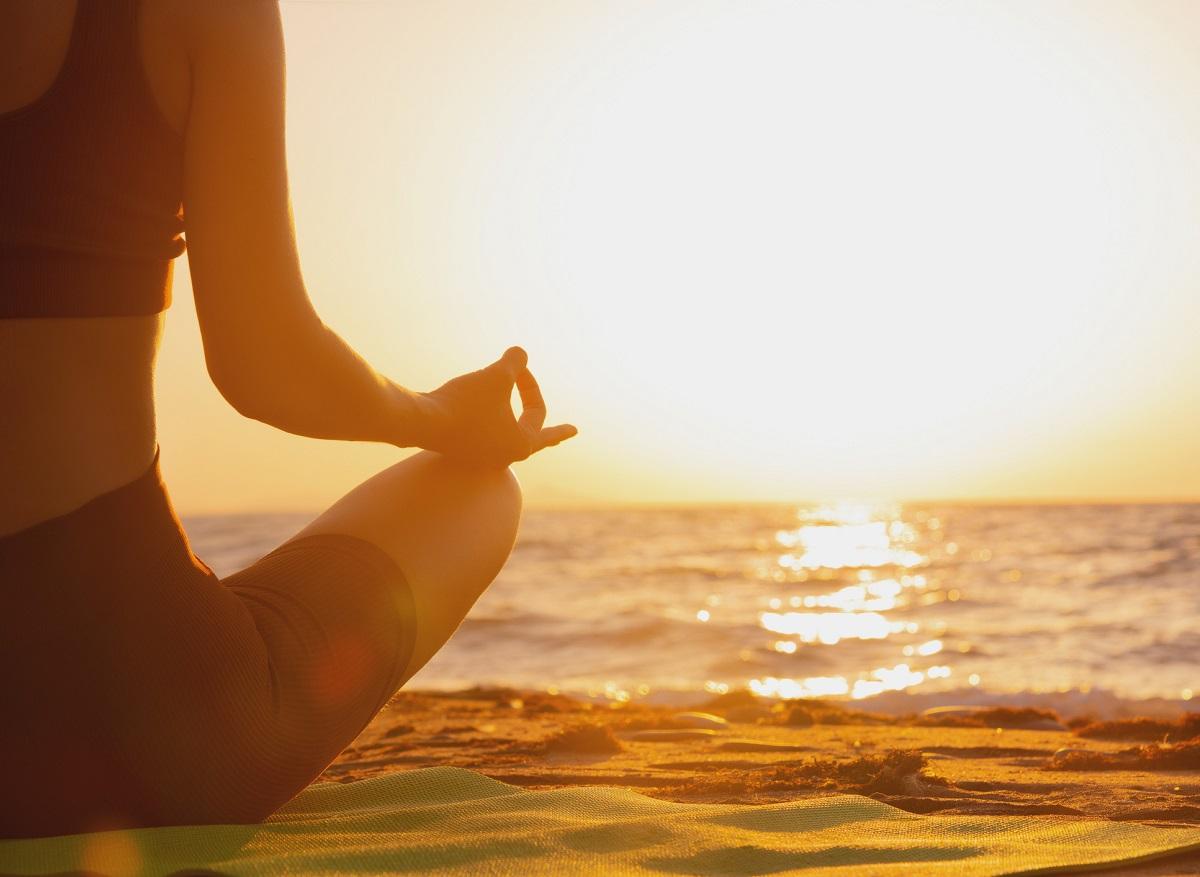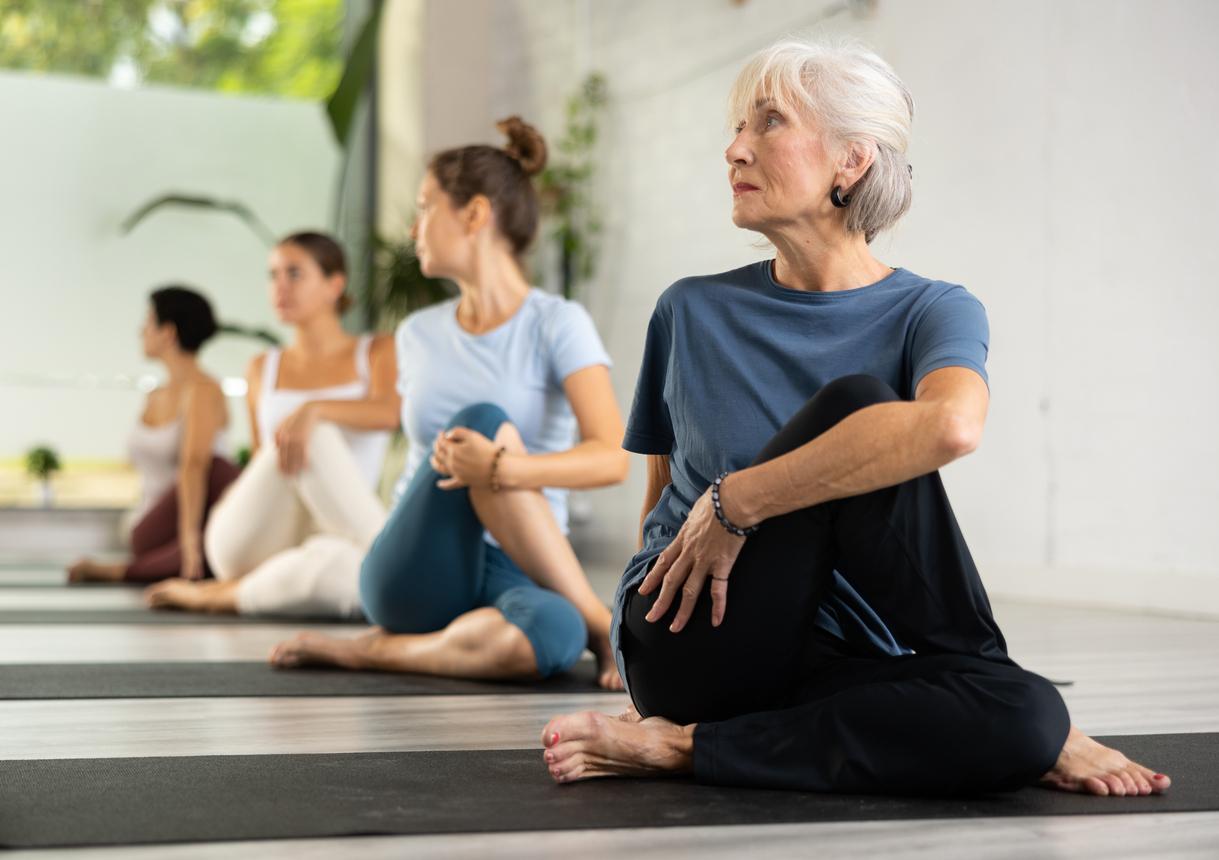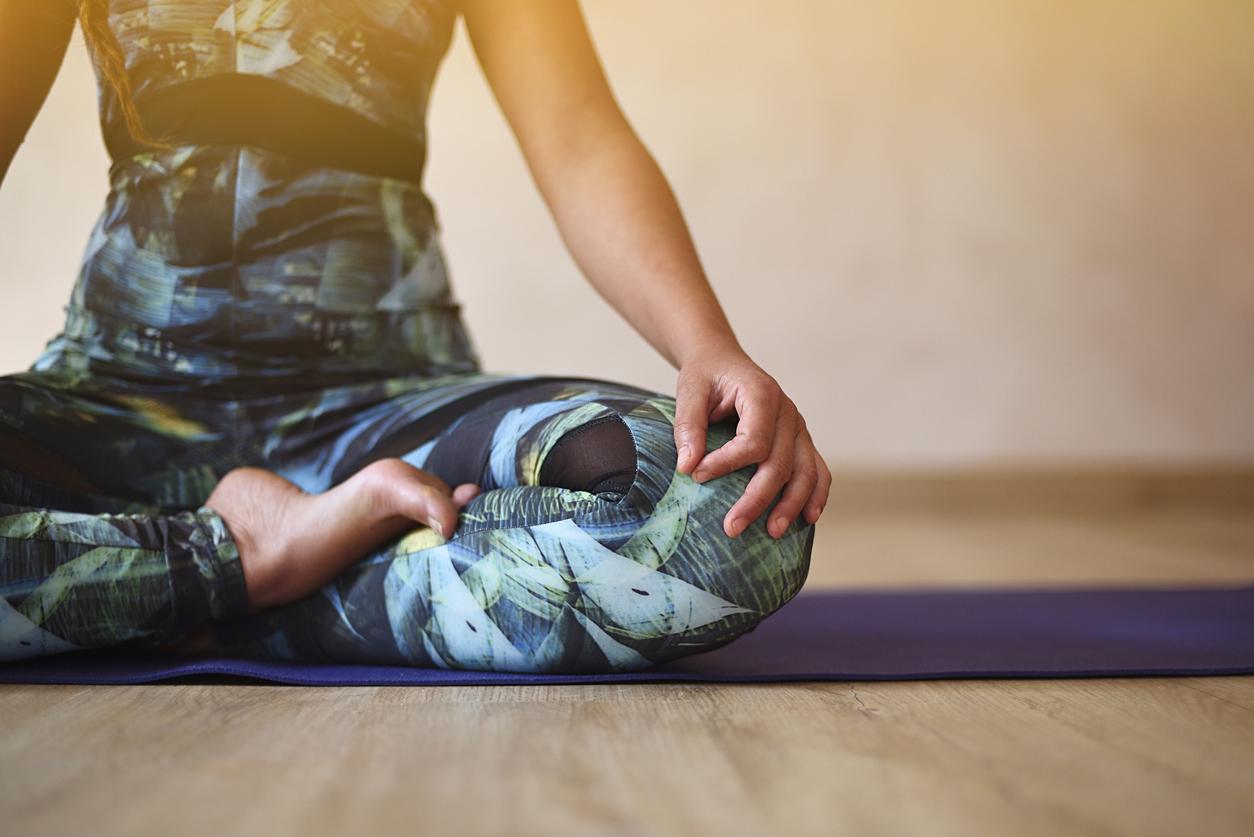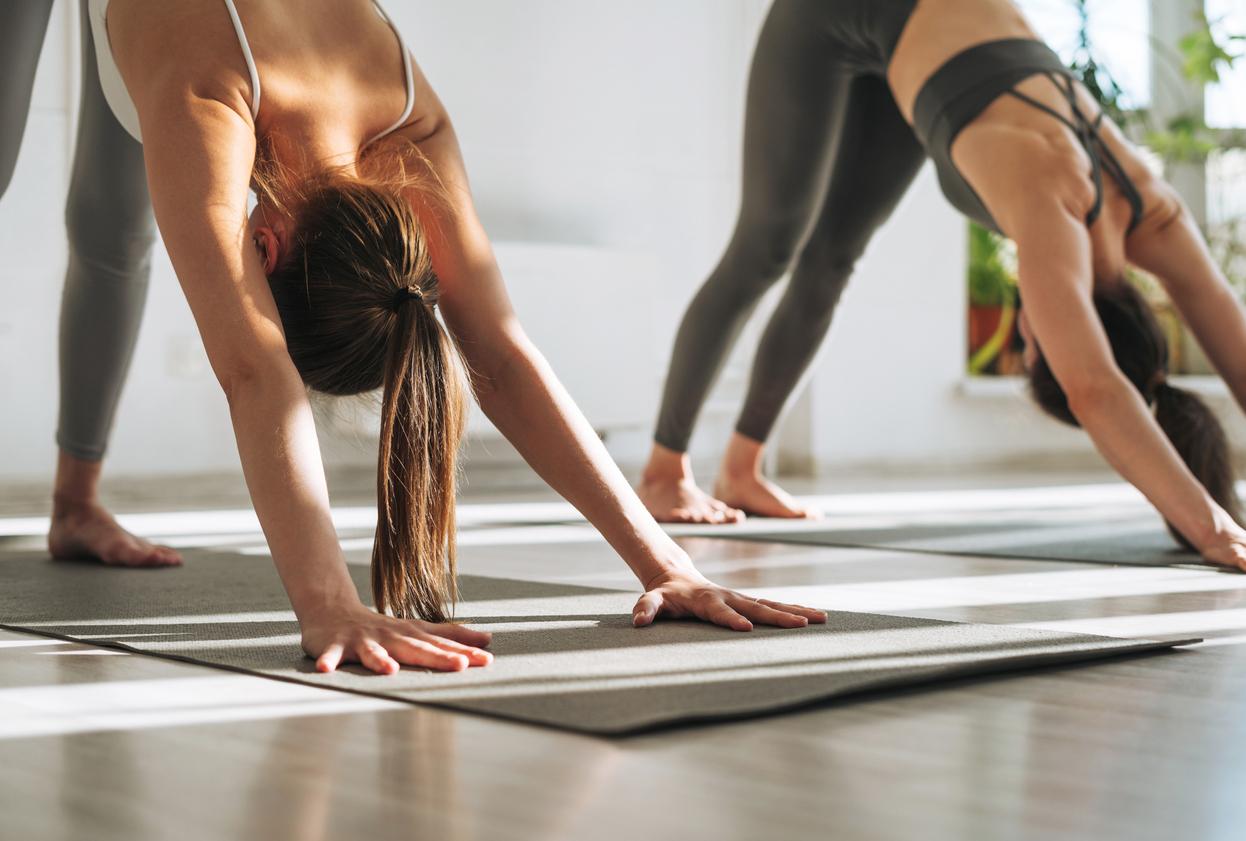
Being in balance and calm and flexible
Yoga emerged in the 1960s when everything from the Far East was considered hip, and has survived all health trends and hypes. Yoga is still a very popular way to relax and balance and to become flexible.
After the hippies brought yoga to the West, Hollywood stars and businessmen also discovered that the exercises can dispel stress after hard days on the movie set or the office. New forms even emerged here, such as power yoga (spicy exercises), aerial yoga (floating practice) and bikram yoga (exercising in extreme heat). Many millions of people worldwide now regularly roll out their yoga mat; in the Netherlands alone there are an estimated 550,000.
Patience will be rewarded
Yoga is the method to achieve mental and physical balance. The word yoga is derived from the word yug, which in Sanskrit means ‘unity’ or ‘connection’. Yoga connects your body and mind. In the Far East, practicing yoga is more spiritually oriented, but in the West people mainly practice yoga to relax, become more flexible and counteract the negative effects of stress. Hatha yoga is best suited for this; Here you learn to control your body by means of postures (the so-called asanas) and breathing exercises. Yoga is not therapy, but allows you to catch your breath, literally and figuratively. It is by the way not for impatient people who want a quick effect. To achieve anything with yoga you need patience and persistence.
Breath in breath out
In all yoga forms a lot of attention is paid to pranayama: the control of the breath. A wonderful basic breathing exercise to relax and relieve stress is this:
- Lie down on your back. It can be on a bed, a yoga mat or a carpet, as long as it feels comfortable. Bend your knees and place your feet hip-width flat on the floor.
- Place one hand on your stomach and just keep breathing, paying attention to the quality of your breathing. Does she feel tense, uneven, or superficial? Don’t try to change anything yet.
- Then try to breathe as relaxed and evenly as possible. Always take a small pause between inhaling and exhaling. Breathe in through your nose and out through your mouth.
- Pay attention to the movements of your body. You notice that your abdomen naturally swells when you inhale and contracts when you exhale.
- Try expanding your abdomen as you inhale and contracting in as you exhale, supporting the natural movement of your diaphragm and allowing you to inhale and exhale more deeply.
- Slowly count to four on the inhale, hold the breath for a moment, and count to eight on the exhale.
Choose your yoga
There are many different forms of yoga, so you can choose which one suits you best. These are the most famous:
– Hatha yoga is the ‘classical’ yoga, which is most practiced in the Netherlands. In this variant you alternate different postures with each other and you do breathing exercises.
– Yoga Nidra focuses on meditation. The exercises bring participants into a near-sleep state in which they remain fully aware. This yoga variant between sleep and consciousness is said to be the basis of most relaxation methods. Some practitioners argue that half an hour of yoga nidra is equivalent to three hours of regular sleep.
– Ashtanga yoga is quite a vigorous form of yoga, in which the postures follow each other in rapid succession and there is even dancing. Power yoga is derived from this.
– Tantra yoga is best known for the effect it has on the experience of sex, but it is much more. In tantra yoga you reprogram your brain so that your desires are lifted to a higher level. For example, with tantra yoga you learn how to fully express the energy that lies within you – even in bed, although this requires a lot of patience.
And… it makes healthier
According to various studies, the traditional yoga forms help against back pain, muscle pain, insomnia, mild depression, anxiety and stress. More and more is also being known about the benefits of pregnancy yoga. This modified shape would have a positive effect on fatigue and all kinds of discomfort, such as back pain, varicose veins, swollen ankles, hemorrhoids, headaches and it would also counteract prenatal stress. In addition, it would help prevent high blood pressure and reduce the number of preterm births and caesarean sections, as well as a less painful and shorter delivery time. People who suffer from a condition or who are pregnant can discuss with their doctor whether yoga is suitable for them. Also be careful with yoga exercises if you have back problems and never force yourself (fortunately that is not even allowed).
Sources):
- Plus Magazine

















